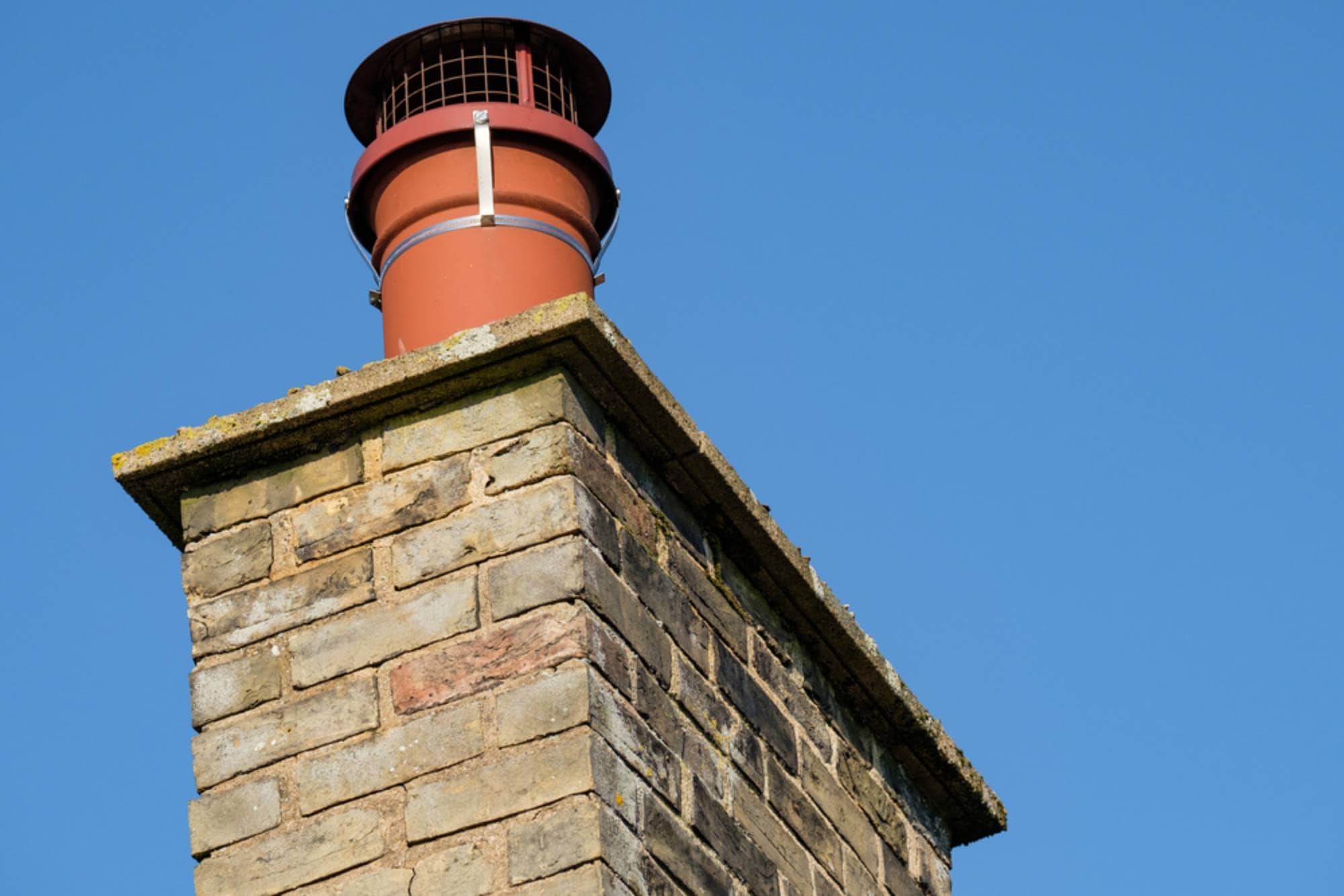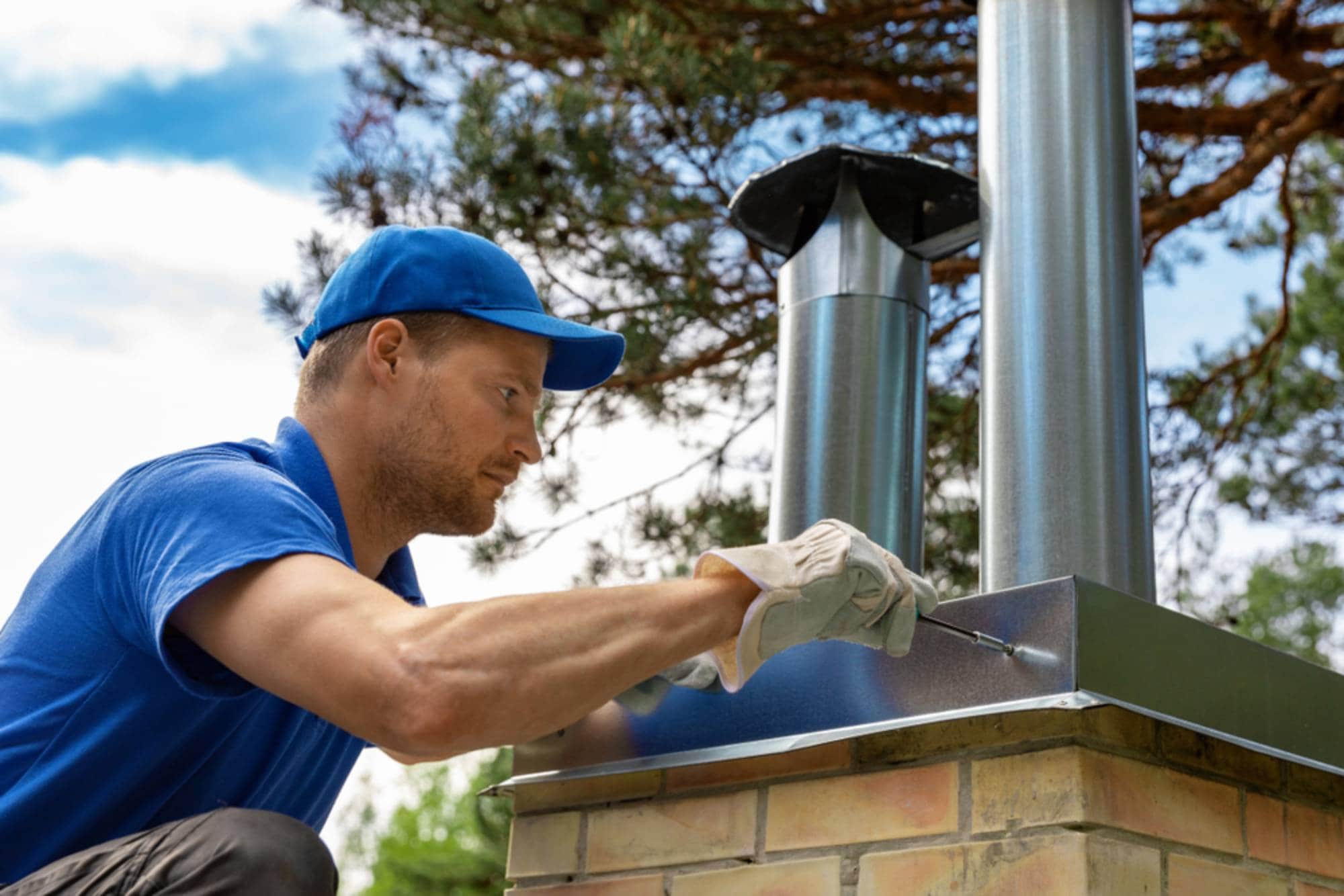Your chimney cap is the first line of defense against Somerset’s harsh weather, animals, and costly repairs that could have been prevented.

Hear from Our Customers

You get a properly fitted cap that actually stays put during Bristol County’s winter storms. No more worrying about water seeping into your chimney during those freeze-thaw cycles that wreak havoc on masonry around here.
Your energy bills drop because you’re not losing heated air up the chimney. Animals stay out, which means no expensive pest removal calls or blocked flues creating dangerous carbon monoxide situations.
The right materials matter in Somerset’s climate. We use caps designed to handle New England weather—stainless steel, copper, or aluminum that won’t rust out in three years like the cheap options.
We’ve been protecting homes across Norfolk and Plymouth County for years. We know what works in Somerset’s climate and what doesn’t.
Our technicians understand chimney construction, local building codes, and the specific challenges that Bristol County weather throws at your chimney. We’re not just installing a cap—we’re solving the water intrusion problems that cause expensive masonry repairs down the road.
We protect your home during installation with multiple drop cloths and HEPA-filtered vacuums. No mess, no surprises, just professional work that keeps your family safe and your house clean.

First, we inspect your chimney to determine the right cap size and style for your specific setup. Not all chimneys are the same, and Somerset’s older homes often need custom solutions.
We measure your flue opening and check the chimney crown condition. If there are existing problems, we’ll tell you upfront—no surprises after we’re already on your roof.
Installation involves securing the cap with proper fasteners that won’t work loose during high winds. We make sure the mesh screen fits correctly to keep animals out while allowing proper ventilation. The overhang is positioned to direct water away from your masonry, not into it.

Ready to get started?
You get a thorough inspection before installation to catch any existing issues. We’ll check your mortar joints, flue liner condition, and chimney crown—the stuff that affects how well your new cap will perform.
Our caps come with mesh screens to keep birds and squirrels out, and proper drainage to handle Somerset’s heavy rains and snow melt. We use materials rated for New England’s temperature swings—no cheap galvanized steel that rusts out in two years.
Bristol County homes face unique challenges with freeze-thaw cycles. We select caps and installation methods that account for thermal expansion and contraction. Your cap stays secure through Somerset’s worst weather because we understand local conditions.
